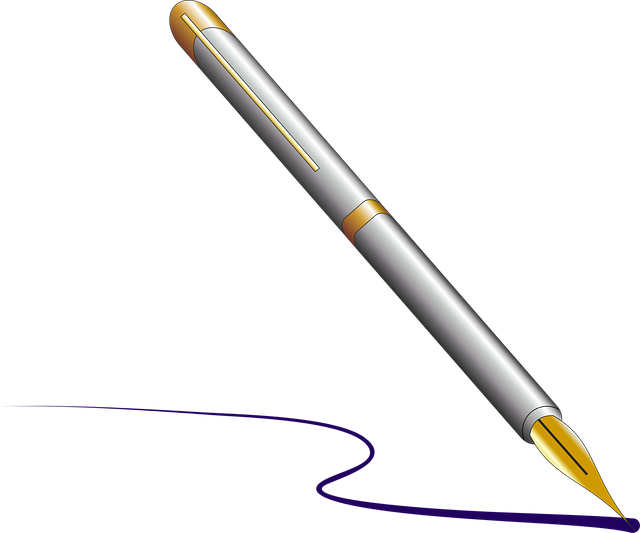Exploded view drawings are essential tools in sheet metal design services, providing clear representations of assembly components. They offer a detailed layout for designers and fabricators, ensuring accurate positioning of every part, simplifying complex assemblies, and streamlining fabrication processes. These drawings enhance efficiency by guiding material cutting and forming, reducing errors, and facilitating seamless integration of multi-piece structures, ultimately improving productivity and quality control in sheet metal design services.
Discover the power of exploded view and assembly drawings in simplifying sheet metal fabrication. This guide delves into these visual tools, offering a clear understanding of their role in streamlining production processes for sheet metal design services. Learn how these detailed diagrams enhance communication, accelerate assembly, and reduce errors. From interpreting exploded views to implementing best practices, master the art of using assembly drawings as essential references for efficient manufacturing.
Understanding Exploded View Drawings
Exploded view drawings are a powerful tool in sheet metal design services, offering a clear and detailed representation of an assembly’s individual components. This type of drawing visually dissects an object, showing each element as if it were separated from the whole, while still maintaining its spatial relationships. It provides an easy-to-understand layout, allowing designers, engineers, and fabricators to comprehend the intricate details of a product before manufacturing.
These drawings are particularly useful for complex assemblies, ensuring every fastener, bracket, or panel is accurately positioned. By presenting the component parts in isolation, exploded views facilitate a thorough examination of each element’s design, dimensions, and functions. This comprehensive view streamlines the fabrication process, as references and tolerances are explicitly shown, making it easier to cut, form, and assemble sheet metal parts accurately.
Assembly Process: A Visual Guide
Assembly Process: A Visual Guide
For many complex components, especially those involving intricate sheet metal designs offered by professional sheet metal design services, an exploded view drawing is a powerful tool. It visually deconstructs the assembly process, showing each part and its relationship to others in a simplified manner. This technique allows fabricators and manufacturers to understand the sequencing of operations required to build the final product.
In these drawings, different components are depicted as separate elements with clear indications of their intended placement. This visual representation streamlines the fabrication process by providing a straightforward reference for assembling the piece accurately. It’s particularly beneficial when dealing with multi-piece structures, ensuring all parts fit together seamlessly.
Benefits for Sheet Metal Fabrication
Exploded view and assembly drawings offer significant advantages for sheet metal fabrication, streamlining processes and enhancing efficiency. These detailed visual aids provide a comprehensive overview of every component and their relationships, allowing fabricators to easily understand complex structures. With this approach, sheet metal design services can significantly reduce miscommunication and errors during the production phase, ensuring precise and consistent outcomes.
Moreover, assembly drawings facilitate efficient material cutting and forming, as they clearly indicate where folds, bends, and joints should be made. This level of clarity minimizes the time spent on interpretation and setup, enabling fabricators to optimize their workflow and meet project deadlines. As a result, exploded view and assembly drawings are invaluable tools for improving productivity and quality control in sheet metal fabrication.
Best Practices for Effective Reference
When utilizing exploded view and assembly drawings for fabricating sheet metal components, adhering to best practices ensures a smooth and efficient process. Firstly, maintain clear and concise notation on each drawing, clearly denoting individual parts with unique identifiers. This facilitates quick reference and simplifies the disassembly and reassembly process. Incorporate detailed dimensions and tolerances, as these serve as crucial guidelines for accurate fabrication.
Additionally, consider including specific material specifications alongside the drawings. This practice enables fabricators to select the appropriate sheet metal grades tailored to the component’s structural demands. Regularly updating and organizing these reference drawings is vital; keeping them up-to-date ensures that all stakeholders have access to the most current design information, streamlining communication and enhancing overall productivity in sheet metal design services.
Exploded view and assembly drawings are invaluable tools for sheet metal fabrication, offering a clear visual representation of complex components. By understanding these diagrams, fabricators can streamline the assembly process, reduce errors, and enhance overall efficiency. Incorporating best practices for reference ensures precise interpretations, making them essential resources for any sheet metal design services. These detailed guides empower professionals to navigate intricate projects with confidence, ultimately contributing to successful outcomes in this precision-driven industry.
